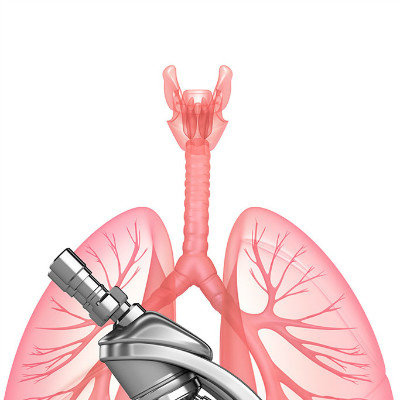What is tympanosclerosis?
summary
Tympanosclerosis, also known as tympanic vitreous degeneration, is a kind of plaque like collagen tissue deposited subcutaneously on the tympanic mucosa, which mostly occurs on the tympanic mucosa and ossicles. Those occurring on the tympanic membrane are still called calcification spots. The ossicles, oval window and its surrounding areas may be involved. This disease has been paid more and more attention after a lot of otomicrosurgery. So what is tympanosclerosis?
What is tympanosclerosis?
The clinical manifestations were gray plaques of different sizes on the surface of tympanic membrane; Sometimes, there are gray yellow hard plaques on the tympanic ring, on the surface of the promontory, behind the malleus and around the stapes; Sometimes the tympanic membrane is normal, but the patient has progressive deafness.
Tympanoplasty should be performed. Under the microscope, according to the size of the sclerotic plaque, the tympanoplasty should be carefully removed. The areas around the superior tympanoplasty and auditory ossicles are the most common sclerotic areas, which should be removed layer by layer with crochet and stripping ion. The long foot of incus and stapes arch are often necrotic and disappear, so ossicular reconstruction with prosthesis should be carried out as appropriate. Calcification of tympanic membrane is usually not treated. The sclerotic foci enclosed in the promontory and two window areas are difficult to be removed and easy to recur after operation.
The pure tone audiometry showed conductive or mixed deafness, and the hearing level was 30-50db; The tympanogram of tympanic membrane without perforation was type B or type as; CT scan of the temporal bone showed that the mastoid process was of the type of lamellar or sclerotic, sometimes with plaque like shadow.
matters needing attention
Tympanosclerosis, also known as tympanic vitreous degeneration, is a kind of plaque like collagen tissue deposited subcutaneously on the tympanic mucosa, which mostly occurs on the tympanic mucosa and ossicles. The calcification spot on the tympanic membrane turns the tympanic mucosa into a milk skin like substance, covering the ossicles, oval window and round window, and adheres to the bone, as if coated with a layer of capsule, The lower tympanum is less involved, malleus, incus, stapes and tendons are most easily involved, so many people are deaf. It was discovered by cassebohm in the 18th century, but it did not attract much attention. It was not until a large number of otomicrosurgery was carried out in modern times (1955).













